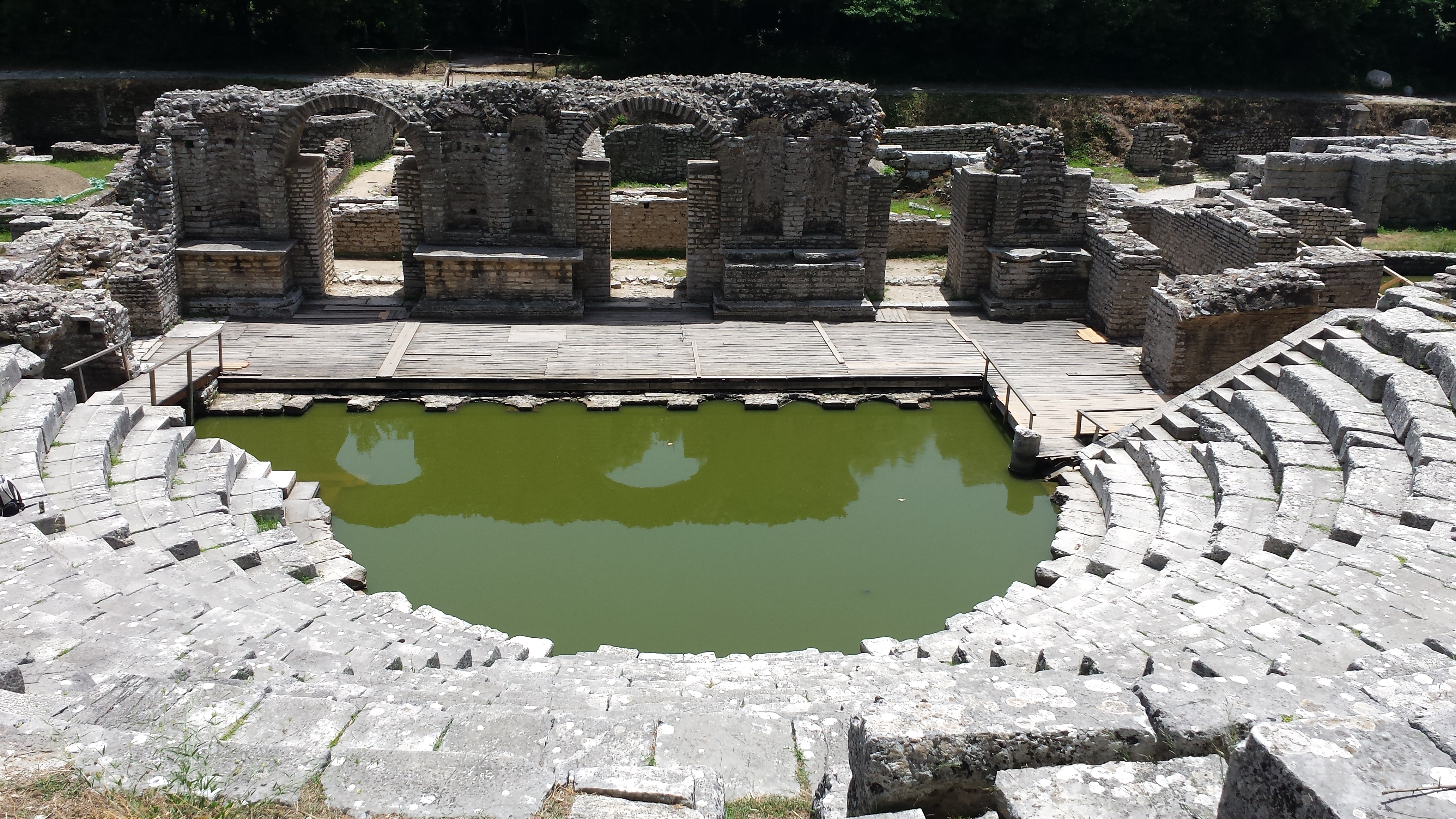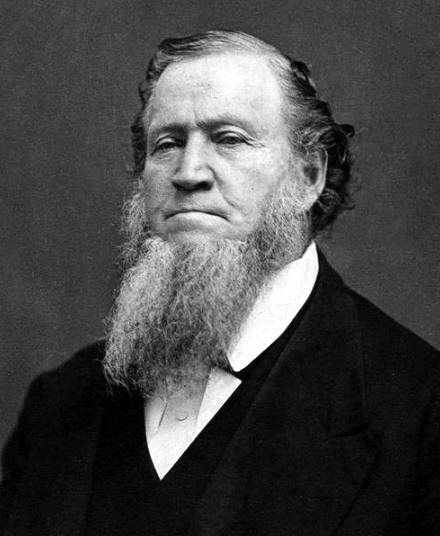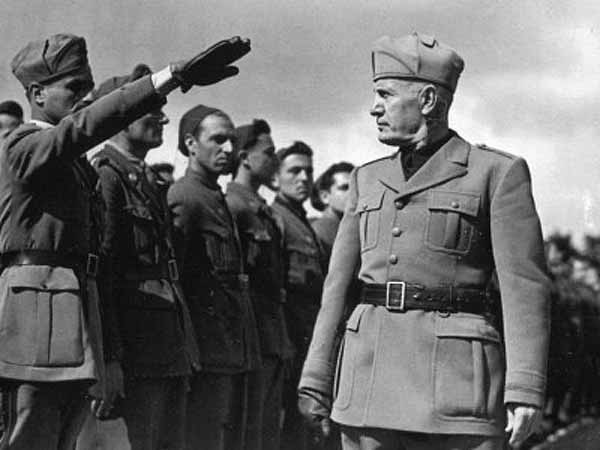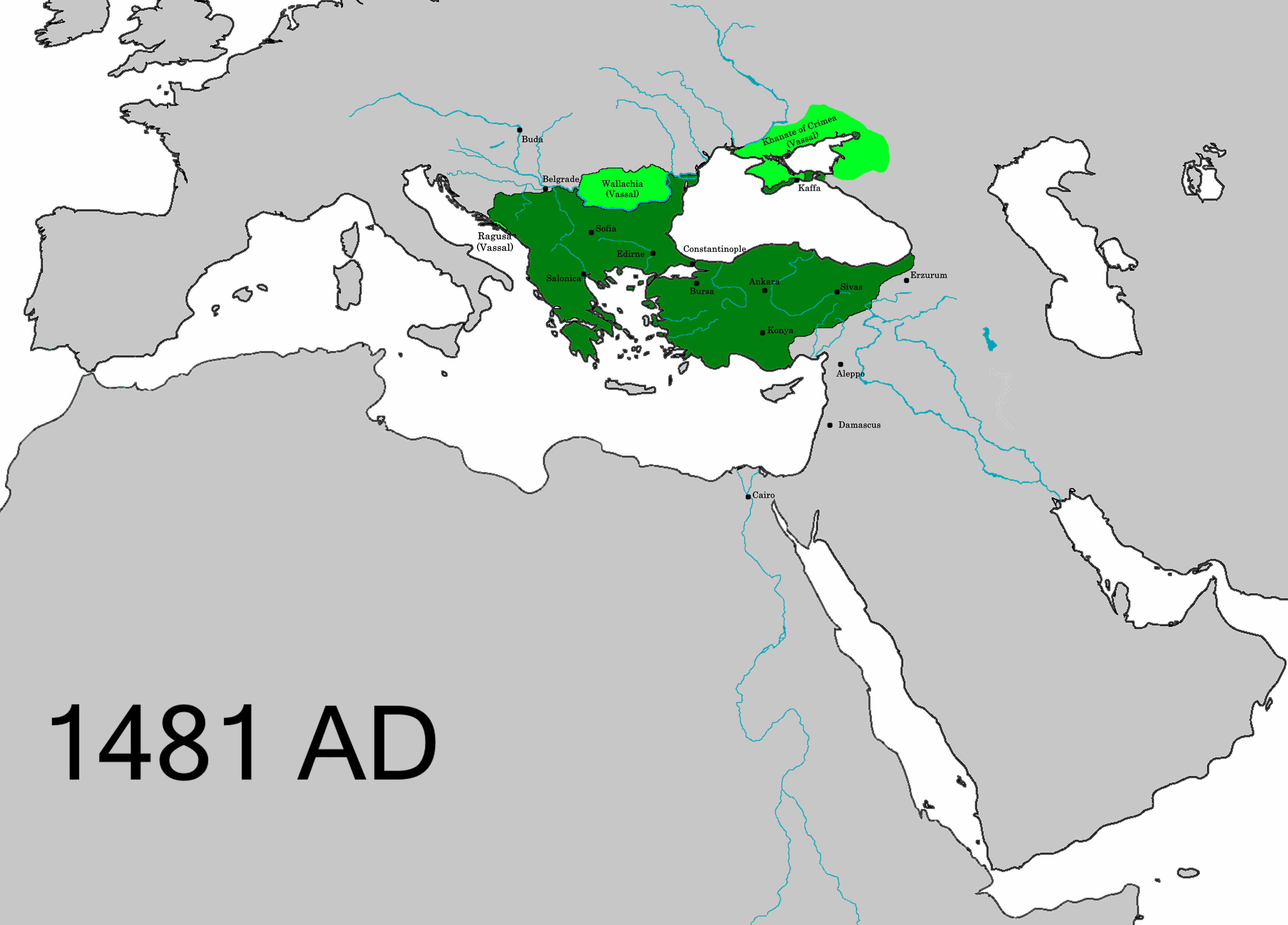|
Roman Theatre At Apamea
The Roman Theatre at Apamea () is a Roman theatre in ancient Apamea in northwestern Syria. Originally a Hellenistic theatre, the monumental structure was one of the largest theatres in the Roman world. Overview The theatre, along with the Roman Theatre at Ephesus, is one of the largest surviving theatres of the Roman world with a ''cavea'' diameter of and an estimated seating capacity in excess of 25,000. The only other known theatre that is considerably larger was the Theatre of Pompey in Rome, with a ''cavea'' diameter of approximately . However, much of the theatre structure is in ruins due to architectural collapses and extensive quarrying in later epochs,Finlayson, 2012, p. 285. and only one-eighth of the site has been exposed so far.Finlayson, 2012, p. 278. Situated along the western end of the ''decumanus'', the monumental theatre was built into a steep hill overlooking the Orontes River valley.Finlayson, 2012, p. 292. The north facing stage facade stretched for . The the ... [...More Info...] [...Related Items...] OR: [Wikipedia] [Google] [Baidu] |
Apamea, Syria
Apamea (, ''Apameia''; ), on the right bank of the Orontes river, Orontes River, was an ancient Greek and Roman city. It was the capital of Apamene under the Macedonians, became the capital and Metropolitan Archbishopric of late Roman province Roman Syria, Syria Secunda, again in the crusader period. Amongst the impressive ancient remains, the site includes the Great Colonnade at Apamea, Great Colonnade which ran for nearly making it among the longest in the Roman Empire, Roman world and the Roman Theatre at Apamea, Roman Theatre, one of the largest surviving theatres of the Roman Empire with an estimated seating capacity in excess of 20,000. The site lies on the edge of the modern town of Qalaat al-Madiq, about to the northwest of Hama, Syria, overlooking the Ghab valley. History Hellenistic era After the conquest of the region by Alexander the Great and the subsequent wars between his generals, and according to the new interpretation of a new historical and iconograph ... [...More Info...] [...Related Items...] OR: [Wikipedia] [Google] [Baidu] |
Tiberius
Tiberius Julius Caesar Augustus ( ; 16 November 42 BC – 16 March AD 37) was Roman emperor from AD 14 until 37. He succeeded his stepfather Augustus, the first Roman emperor. Tiberius was born in Rome in 42 BC to Roman politician Tiberius Claudius Nero (father of Tiberius Caesar), Tiberius Claudius Nero and his wife, Livia Drusilla. In 38 BC, Tiberius's mother divorced his father and married Augustus. Following the untimely deaths of Augustus's two grandsons and adopted heirs, Gaius Caesar, Gaius and Lucius Caesar, Tiberius was designated Augustus's successor. Prior to this, Tiberius had proved himself an able diplomat and one of the most successful Roman generals: his conquests of Pannonia, Dalmatia (Roman province), Dalmatia, Raetia, and (temporarily) parts of Germania laid the foundations for Roman Empire, the empire's northern frontier. Early in his career, Tiberius was happily married to Vipsania, daughter of Augustus's friend, distinguished general and intended heir, Ma ... [...More Info...] [...Related Items...] OR: [Wikipedia] [Google] [Baidu] |
List Of Roman Theatres
Roman theatre (structure), Roman theatres built during the Roman period may be found all over the Roman Empire. Some were older theatres that were re-worked. See also * Roman architecture * Roman amphitheatre * Theatre of ancient Rome * List of extant ancient Greek and Roman plays Notes Bibliography * * {{Roman theatre Ancient Roman theatres, *List Lists of ancient Roman buildings and structures, Theatres Lists of theatres, Roman ... [...More Info...] [...Related Items...] OR: [Wikipedia] [Google] [Baidu] |
Brigham Young University
Brigham Young University (BYU) is a Private education, private research university in Provo, Utah, United States. It was founded in 1875 by religious leader Brigham Young and is the flagship university of the Church Educational System sponsored by the Church of Jesus Christ of Latter-day Saints (LDS Church). BYU offers a variety of academic programs including those in the liberal arts, engineering, agriculture, management, physical and mathematical sciences, nursing, and law. Its undergraduate and graduate programs are organized into 11 colleges and schools at its main Provo campus, with some colleges and divisions defining their own admission standards. The university also administers four satellite campuses, one in BYU Jerusalem Center, Jerusalem, BYU Salt Lake Center, Salt Lake City, BYU Barlow Center, Washington, D.C., and BYU London Study Abroad Centre, London, while its parent organization the Church Educational System (CES) sponsors sister schools in Brigham Young Unive ... [...More Info...] [...Related Items...] OR: [Wikipedia] [Google] [Baidu] |
Directorate-General Of Antiquities And Museums
The Directorate-General for Antiquities and Museums (DGAM); , ) is a Syrian government-owned agency that is responsible for the protection, promotion and excavation activities in all sites of national heritage in the country. The Directorate was established shortly after Syria's independence in 1946 under the central supervision of the Ministry of Culture. General overview Its tasks emerged during the first years of independence in discovering, preserving, and protecting the data of the Syrian heritage, conducting studies on archaeological finds, and drafting the laws governing this, which were mentioned in the antiquities law and its amendments. With the development of archaeological work and the increase in discoveries, its tasks expanded and its scientific and administrative responsibilities multiplied to include all cities and regions in the Syrian Arab Republic Syria, officially the Syrian Arab Republic, is a country in West Asia located in the Eastern Mediterranean an ... [...More Info...] [...Related Items...] OR: [Wikipedia] [Google] [Baidu] |
World War II
World War II or the Second World War (1 September 1939 – 2 September 1945) was a World war, global conflict between two coalitions: the Allies of World War II, Allies and the Axis powers. World War II by country, Nearly all of the world's countries participated, with many nations mobilising all resources in pursuit of total war. Tanks in World War II, Tanks and Air warfare of World War II, aircraft played major roles, enabling the strategic bombing of cities and delivery of the Atomic bombings of Hiroshima and Nagasaki, first and only nuclear weapons ever used in war. World War II is the List of wars by death toll, deadliest conflict in history, causing World War II casualties, the death of 70 to 85 million people, more than half of whom were civilians. Millions died in genocides, including the Holocaust, and by massacres, starvation, and disease. After the Allied victory, Allied-occupied Germany, Germany, Allied-occupied Austria, Austria, Occupation of Japan, Japan, a ... [...More Info...] [...Related Items...] OR: [Wikipedia] [Google] [Baidu] |
Free University Of Brussels (1834–1969)
The Free University of Brussels ( or ULB; , later ''Vrije Universiteit Brussel'') was a private university in Brussels, Belgium. It existed between 1834 and 1969 when it split along linguistic lines. Founded in 1834 on the principle of "free inquiry" (), its founders envisaged the institution as a freethought, freethinker reaction to the traditional dominance of Catholicism in the country's education system. It was avowedly secularism, secular and particularly associated with Liberalism in Belgium, political liberalism during the era of pillarisation. The Free University was one of Belgium's major universities, together with the Catholic University of Leuven (1835–1968), Catholic University of Leuven and the University of Liège, state universities of Liège and University of Ghent, Ghent. The "Linguistic Wars" affected the Free University, which split along language lines in 1969 in the aftermath of Split of the Catholic University of Leuven, student unrest at Leuven the prev ... [...More Info...] [...Related Items...] OR: [Wikipedia] [Google] [Baidu] |
Ottoman Empire
The Ottoman Empire (), also called the Turkish Empire, was an empire, imperial realm that controlled much of Southeast Europe, West Asia, and North Africa from the 14th to early 20th centuries; it also controlled parts of southeastern Central Europe, between the early 16th and early 18th centuries. The empire emerged from a Anatolian beyliks, ''beylik'', or principality, founded in northwestern Anatolia in by the Turkoman (ethnonym), Turkoman tribal leader Osman I. His successors Ottoman wars in Europe, conquered much of Anatolia and expanded into the Balkans by the mid-14th century, transforming their petty kingdom into a transcontinental empire. The Ottomans ended the Byzantine Empire with the Fall of Constantinople, conquest of Constantinople in 1453 by Mehmed II. With its capital at History of Istanbul#Ottoman Empire, Constantinople (modern-day Istanbul) and control over a significant portion of the Mediterranean Basin, the Ottoman Empire was at the centre of interacti ... [...More Info...] [...Related Items...] OR: [Wikipedia] [Google] [Baidu] |
Mamluk
Mamluk or Mamaluk (; (singular), , ''mamālīk'' (plural); translated as "one who is owned", meaning "slave") were non-Arab, ethnically diverse (mostly Turkic, Caucasian, Eastern and Southeastern European) enslaved mercenaries, slave-soldiers, and freed slaves who were assigned high-ranking military and administrative duties, serving the ruling Arab and Ottoman dynasties in the Muslim world. The most enduring Mamluk realm was the knightly military class in medieval Egypt, which developed from the ranks of slave-soldiers. Originally the Mamluks were slaves of Turkic origins from the Eurasian Steppe, but the institution of military slavery spread to include Circassians, Abkhazians, Georgians, Armenians, Russians, and Hungarians, as well as peoples from the Balkans such as Albanians, Greeks, and South Slavs (''see'' Saqaliba). They also recruited from the Egyptians. The "Mamluk/Ghulam Phenomenon", as David Ayalon dubbed the creation of the specific warrior class, was ... [...More Info...] [...Related Items...] OR: [Wikipedia] [Google] [Baidu] |
Ayyubid Dynasty
The Ayyubid dynasty (), also known as the Ayyubid Sultanate, was the founding dynasty of the medieval Sultan of Egypt, Sultanate of Egypt established by Saladin in 1171, following his abolition of the Fatimid Caliphate, Fatimid Caliphate of Egypt. A Sunni Muslim of Kurds, Kurdish origin, Saladin had originally served the Zengid dynasty, Zengid ruler Nur al-Din Zengi, Nur al-Din, leading the latter's army against the Crusader invasions of Egypt, Crusaders in Fatimid Egypt, where he was made vizier (Fatimid Caliphate), vizier. Following Nur al-Din's death, Saladin was proclaimed as the first Sultan of Egypt by the Abbasid Caliphate, and rapidly expanded the new sultanate beyond Lower Egypt, Egypt to encompass most of Syria (region), Syria, in addition to Hijaz, Southern Arabia, Yemen, northern Nubia, Tripolitania and Upper Mesopotamia. Saladin's military campaigns set the general borders and sphere of influence of the sultanate of Egypt for the almost 350 years of its existence. Mos ... [...More Info...] [...Related Items...] OR: [Wikipedia] [Google] [Baidu] |
Qanat
A qanāt () or kārīz () is a water supply system that was developed in ancient Iran for the purpose of transporting usable water to the surface from an aquifer or a well through an underground aqueduct. Originating approximately 3,000 years ago, its function is essentially the same across the Middle East and North Africa, but it is known by a variety of regional names beyond today's Iran, including: kārēz in Afghanistan and Pakistan; foggāra in Algeria; khettāra in Morocco; falaj in Oman and the United Arab Emirates; and ʿuyūn in Saudi Arabia. In addition to those in Iran, the largest extant and functional qanats are located in Afghanistan, Algeria, China (i.e., the Turpan water system), Oman, and Pakistan. Proving crucial to water supply in areas with hot and dry climates, a qanat enables water to be transported over long distances by largely eliminating the risk of much of it evaporating on the journey. The system also has the advantage of being fairly resistant to n ... [...More Info...] [...Related Items...] OR: [Wikipedia] [Google] [Baidu] |
Drainage Basin
A drainage basin is an area of land in which all flowing surface water converges to a single point, such as a river mouth, or flows into another body of water, such as a lake or ocean. A basin is separated from adjacent basins by a perimeter, the drainage divide, made up of a succession of elevated features, such as ridges and hills. A basin may consist of smaller basins that merge at river confluences, forming a hierarchical pattern. Other terms for a drainage basin are catchment area, catchment basin, drainage area, river basin, water basin, and impluvium. In North America, they are commonly called a watershed, though in other English-speaking places, " watershed" is used only in its original sense, that of the drainage divide line. A drainage basin's boundaries are determined by watershed delineation, a common task in environmental engineering and science. In a closed drainage basin, or endorheic basin, rather than flowing to the ocean, water converges toward the ... [...More Info...] [...Related Items...] OR: [Wikipedia] [Google] [Baidu] |










